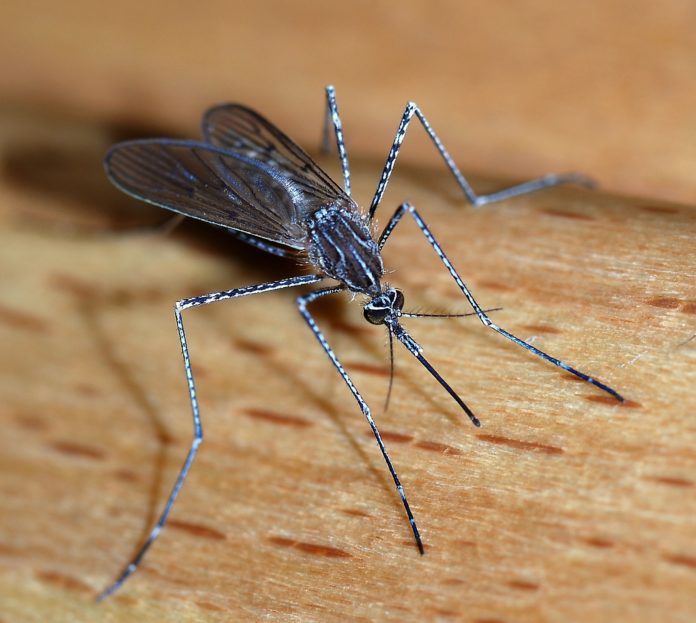The molecule shows promise to be developed into a new drug
A novel drug molecule tested on animal models has been found to be effective against drug resistant strains of malaria. It reduced the number of parasites in the bloodstream by 62 percent without attacking cells of the host organism.
This molecule was synthesised from natural compounds of marine gliding bacteria – known as marinoquinolines. It is a strong candidate for the development of a new antimalarial drug.
The molecule proved capable of killing even the strain that resists conventional antimalarials. It displays low toxicity and high selectivity, acting only on the parasite and not on other cells of the host organism.
Malaria kills some 445,000 people each year, according to the World Health Organization (WHO). About 95% population in India resides in malaria endemic areas and 80% of malaria reported in the country is confined to areas consisting 20% of population residing in tribal, hilly, difficult and inaccessible areas. According to data available with the National Vector Borne DiseaseControl Programme (NVBDCP), there have been 102351 malaria cases in India till May 2018 and six people have died of the disease so far.
According to data available with the National Vector Borne DiseaseControl Programme (NVBDCP), there have been 102351 malaria cases in India till May 2018 and six people have died of the disease so far
The new molecule was developed in Brazil at the Center for Research and Innovation in Biodiversity and Drug Discovery (CIBFar), one of the Research, Innovation and Dissemination Centers (RIDCs) funded by the São Paulo Research Foundation – FAPESP. The researchers tested the molecule in strains cultured in vitro as well as in mice using Plasmodium berghei, since mice is immune to infection by Plasmodium falciparum, which causes the most aggressive type of malaria.
“In mice, the number of parasites in the bloodstream (parasitemia) had fallen 62% by the fifth day of the test. After 30 days, all the mice given doses of the molecule were still alive,” said Rafael Guido, a professor at the University of São Paulo’s São Carlos Physics Institute (IFSC-USP).
Guido co-authors an article published in the Journal of Medicinal Chemistry. The researchers describe the molecule’s inhibitory action in the blood and liver stages of the parasite’s asexual cycle, which is responsible for the signs and symptoms of the disease.
One of the mechanisms by which this new molecule functions is by maintaining low levels of hemozoin, which is toxic to the parasite. Infection of the host begins in the red blood cells, as the hemoglobin they contain is the only source of energy for the parasite. Hemoglobin contains heme groups, which are highly toxic to the parasite in their free form (when separated from hemoglobin). As the parasite has evolved, it has developed a mechanism that polymerizes heme groups to eliminate their toxicity. The molecule also inhibits this polymerization so the parasite is killed by the heme group.
The marinoquinoline derivative kills strains resistant to the three main antimalarial drugs, namely, chloroquine, pyrimethamine and sulfadoxine.
“Chloroquine is no longer used much to treat falciparum malaria, which accounts for the severest cases and most deaths from the disease,” Garcia said. “The same is expected of artemisinin, which is still the main antimalarial and still effective, but its days are numbered because of resistance. The drug-resistant strains are spreading throughout Asia. Hence, there is a worldwide concern to develop drugs for malaria. I believe Brazil has the potential to lead in this area.”



We are a group of volunteers and opening a new scheme in our community. Your website offered us with valuable info to work on. You’ve done a formidable job and our entire community will be thankful to you.